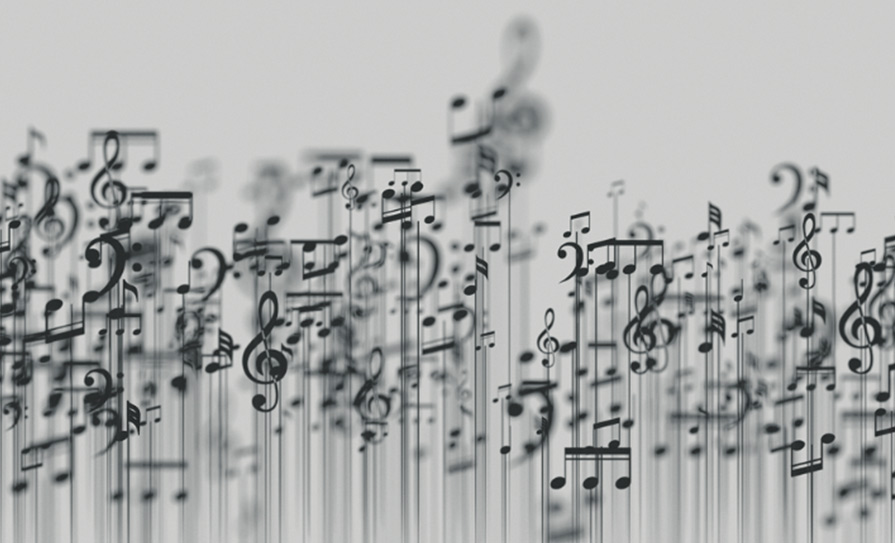Of the many things we take for granted, listening to or even playing music has to be near the top of the list. There have been a million column inches dedicated to the benefits of music in rehabilitation and other aspects of medicine, including in previous Dorsal Views, so I won’t stress the matter. However, new research suggests another potential application for music in the field of complex data interpretation.
As we hurtle inexorably towards ever-closer human-technology interaction, clever folks at Tampere and East Washington Universities in the US authored a study that was published in August in the journal Frontiers in Big Data. The focus was on specially-designed “data-to-music” algorithms which take the novel approach of transforming digital data into sounds.
Simply put, it’s all about getting greater engagement with the data user and creating a more effective experience. For the purposes of this study, they engaged 72 participants and used data from the Finnish national weather database. Sounds used in the algorithm were titled ‘sonifications’. The study was designed with two primary tasks: (1) listening tasks with immediate questions (to give users time to experience the sounds and respond in a user-friendly environment) and (2) responding to questionnaire items represented by 31 survey statements.
Lead author is Prof Jonathan Middleton, Professor of Music Theory at Eastern Washington University, US. He explained that the work represents a “fourth dimension” in data interpretation: “In a digital world where data gathering and interpretation have become embedded in our daily lives, researchers propose new perspectives for the experience of interpretation.”
“Musical sounds can be a highly engaging art form in terms of pure listening entertainment and, as such, a powerful complement to theatre, film, video games, sports, and ballet,” he continued. “Since musical sounds can be highly engaging, this research offers new opportunities to understand and interpret data, as well as through our aural senses.”
So, instead of looking at a flat graph of a subset of patient data, you would also be able to ‘listen’ to the information via a variety of tones, timbres, and rhythms. If this would help you engage better with the data, then this system might be for you.
There are many barriers to such a study, as acknowledged by the authors. These include subjective interpretation of music, including biases in taste, the risk of cluttering the data message with decorative sounds, and others. At the very least, they should be commended for taking on such a nuanced and subjective area of human-technology interaction.
Apart from the business applications, there is of course potential in other areas, including interpretation of large-scale health data. It’s a futuristic and fanciful notion, but we all learn and absorb information in different ways and at different rates. For some people, their brains may just ‘work that way’, and sound may help them to feel more involved with the information they are interpreting.
*****************************************
Amid all its majesty and mysterious effects on us, some music can be damned annoying. Case in point: A few years ago, researchers at the University of St Andrews in Scotland took a hit for all of us (pun intended) by qualifying the top 20 most earworm-inducing songs in musical history.
They took into account factors such as predictability, surprise, rhythmic repetition, ‘receptiveness’, and ‘melodic potency’. Read on if you dare.
Queen feature heavily on the list of earworm-inducing artists. They rock in at rankings of 1 (We Will Rock You); 3 (We Are the Champions); and 6 (Bohemian Rhapsody). Other offenders in the top-10 list include Pharrell Williams at 2 (Happy); The Proclaimers at 4 (500 Miles); at 5 in the charts, it’s the Village People with YMCA, while Europe are at no 7 with that blight on the musical landscape, The Final Countdown. Bon Jovi are at 8 with Living on a Prayer, Jingle Bells is at no 9, and Who Let the Dogs Out by Baha Men (neither have I) completes the top-10 list.
I apologise if any of these tunes are now embedded in your brain. If you require an intervention, 15 minutes of Strauss three times daily for two days is the gold standard treatment.













Leave a Reply
You must be logged in to post a comment.